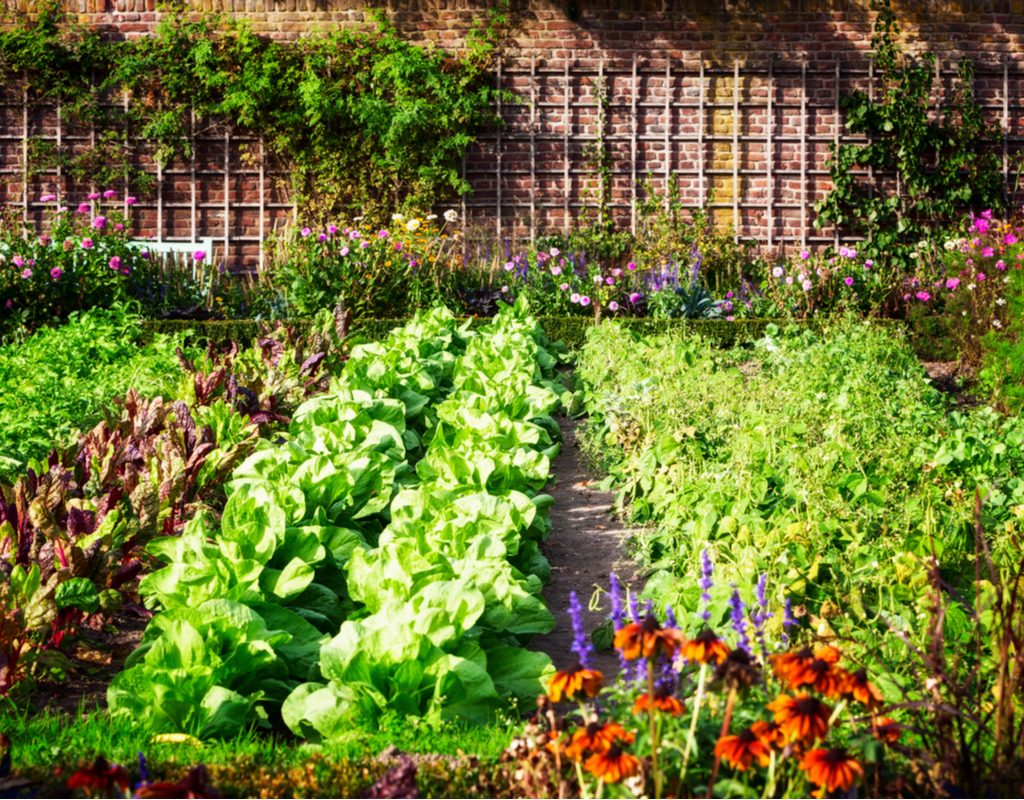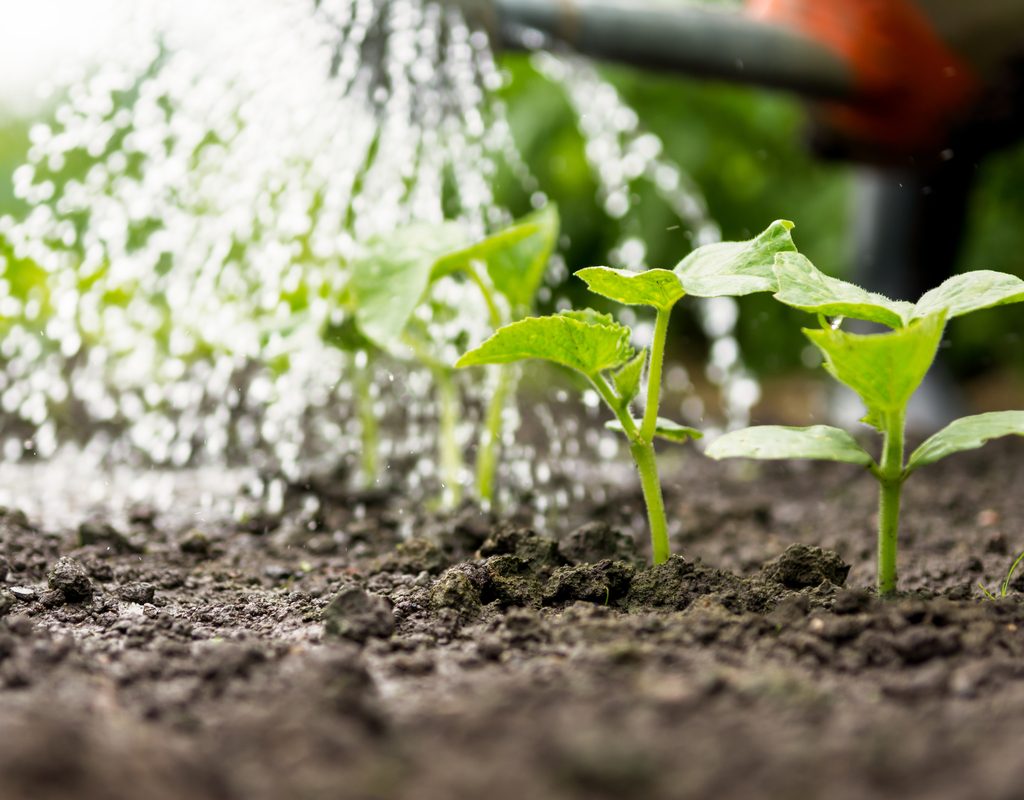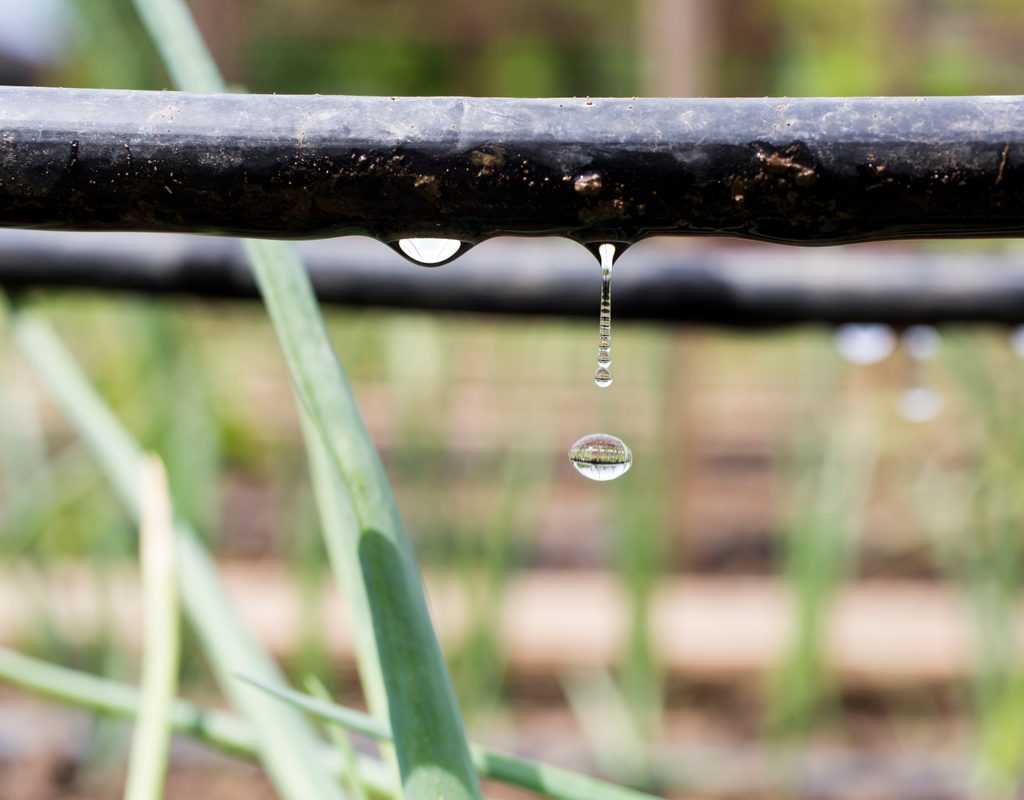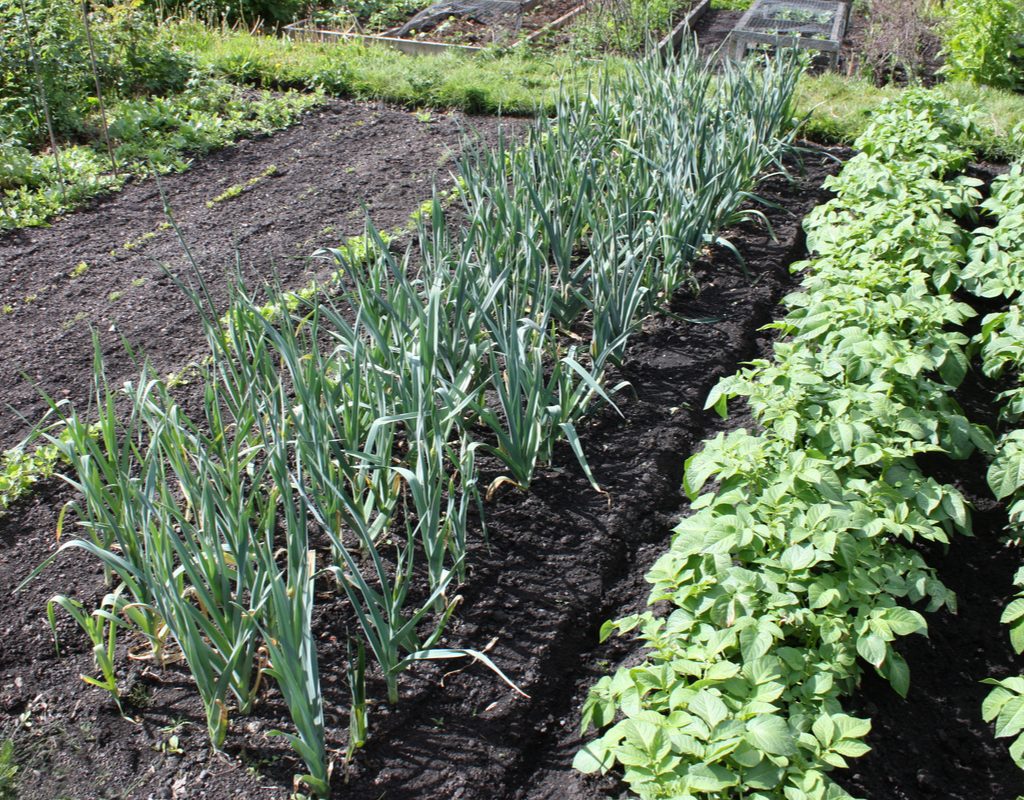
When you’ve worked hard to create a beautiful garden, the last thing you want is to lose plants due to drought stress. Watering may seem like an intuitive task that you can’t get wrong, but that’s not true. In fact, many professional growers allow employees to only water after they’ve been thoroughly trained, and even then they’re closely supervised. There is a right way to water, and it starts with timing. So, when is the best time to water your vegetable garden?
Generally speaking, you want to water your vegetable garden in the morning. And although it may seem like a silly thing to say, the second best time to water a vegetable garden is whenever it is dry. Let’s take a look at why morning watering is best, what happens if you water at other times of the day, and how to minimize the amount of time you spend keeping your garden hydrated.

Hydrate the plant and recharge the soil reservoir
Plants need a steady supply of water, but they use more of it in the hotter, drier afternoon hours. Morning irrigation allows plants to take a deep drink ahead of the time of greatest need. Plus, deep watering early in the day recharges the upper-level soil moisture that serves as a reservoir for plants. This becomes especially apparent with restricted spaces like container gardens and raised beds. Plants transpire more water during the afternoon in order to stay cool in the sun, so they benefit from the easily accessible water that remains in the upper root zone.

Avoid damage and disease
Another reason to water your plants early is that there are possible negative effects caused by water droplets lying on leaves. In the morning, plants generally are covered with dew, so it makes little difference if you add a bit more water to the mix. However, watering in the afternoon or evening can cause or spread damage.
In the midday, water droplets lying on fuzzy or textured leaves (like tomatoes) can focus the sun’s rays and cause unwanted leaf burn. Late-day or evening waterings increase the duration of water contact with foliage, which can cause or spread fungal diseases. So, whenever possible, stick to mornings. If secondary watering is necessary later in the day, only water the soil and keep the foliage dry.

Use the right equipment
The kind of equipment you use to water the garden is as important as the time of day. Overhead sprinklers are fast, inexpensive, and easy to use, but they are not the best option. They do not water individual plants, increase water loss to evaporation, and wet the foliage more rather than less. For best results, consider other options like a drip irrigation system, a hose with a watering wand, or a watering can. These will reduce water consumption and help provide a healthy growing environment.

Water deeply but infrequently
The objective of watering is to prevent drought stress, not repair it. Wide swings between wet and dry soil lead to plant stress, nutrient deficiencies, and insect infestations. Beginning at spring planting time, it is important to develop the habit of watering deeply before the soil actually dries out. Doing so will stimulate deep root development, which makes plants more resistant to the effects of the soil surface drying in hot summer weather. In-ground vegetable gardens need one to two inches of water per week from rainfall and irrigation combined.
It’s important to become familiar with the way water flows and evaporates through your own garden and plan accordingly. Effective watering takes into account variables like plant type, plant maturity (larger plants use more water), temperature, rainfall, soil type, and garden type (think container, raised bed, or in-ground).
Do you need to water your vegetable garden every day?
How often you need to water your vegetable garden depends on where you live, what soil you use, and what kind of plants you’re growing. Generally speaking, you won’t need to water every day. If you live in a warmer climate zone, you may need to water more often at the height of the growing season.
Someone who lives in a cool climate may be able to get away with a once-per-week watering cadence, but someone situated in climate zone 9 or above might find themselves reaching for their watering can about three times a week or every other day during the summer. Moreover, gardeners using sandier soils may find their soil drying out quicker, which means more frequent watering. And, of course, you need to take into account what kind of veggies you’re growing. Corn, for example, will tolerate drought much better than lettuce.

Boost efficiency with organic matter
Soils rich in organic matter use water more efficiently than those that are lacking. The two greatest contributors to soil are compost and mulch. Apply an inch of compost annually to boost the water-holding capacity of sandy soils or improve the drainage of clay. High-quality compost also improves the habitat for earthworms and soil-dwelling microbes that assist with nutrient cycling and disease prevention, so it’s one of the best elixirs for vegetable garden beds. A 2- to 3-inch layer of organic mulch, such as straw or wood chips, increases water efficiency by cooling the soil surface and disrupting evaporative drying.
Watering in the morning is best, but timing is only one part of the irrigation puzzle. You’ll irrigate less often and reap greater results with a well-planned, thorough, and consistent watering strategy. Use the right equipment to deliver water precisely to where it is needed. Along with the just-right tools, boost soil organic matter with compost and insulate the surface with mulch. Then, make sure to monitor the soil and weather conditions, watering deeply so that your garden never dries out.


